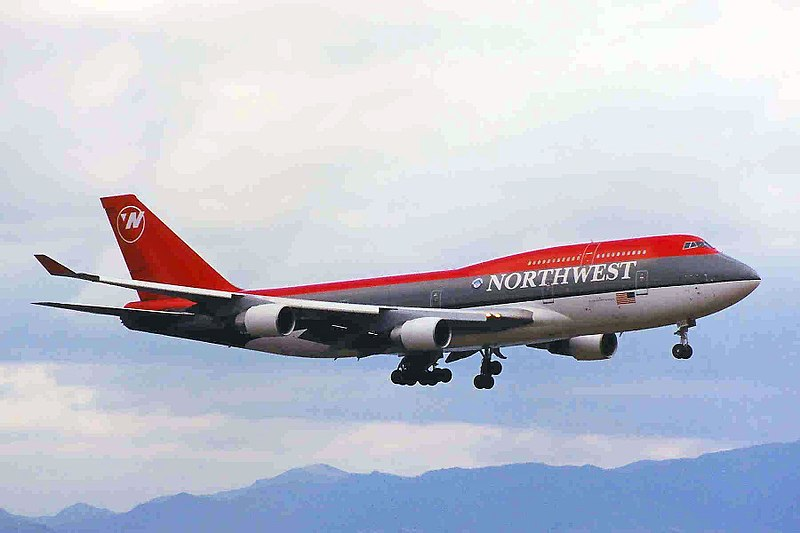On October 9, 2002, at about 17:40 Alaska Daylight time, a Northwest Airlines Boeing 747-400 experienced a lower rudder hardover event while cruising at FL350. The left lower rudder deflected to its blowdown limit without crew input which forced the pilots to use the full right upper rudder and right aileron to maintain altitude and course.
All thanks to the two independently supported and operated rudders (upper and lower) of the Boeing 747-400. Had this been one rudder the pilots would not have had enough control authority to keep the plane upright against the force exerted by the rudder. It is one of the few Boeing commercial jetliners with split rudders, a fact that may have helped prevent a severe incident.
Flight Details
The Boeing 747-400, with registration N661US, was performing Northwest Flight 35 from Detroit Metropolitan Wayne County Airport, United States to Narita International Airport, Japan with 386 passengers and 18 crew members on board. The aircraft involved was the prototype Boeing 747-400 built for flight testing as N401PW. It was later delivered to Northwest Airlines, the launch customer for the 747-400 on December 8, 1989.
While cruising at FL350, the aircraft abruptly rolled into a 30 to 40-degree left bank. Initially, Captain Geib believed that an engine failure had occurred and recovered the aircraft quickly. At the time of this incident, Captain Frank Geib and First Officer Mike Fagan had just taken control of the aircraft, allowing Senior Captain John Hanson and First Officer David Smith to rest. Senior Captain Hanson felt the aircraft performing a very odd manoeuvre and sensed that something was wrong. As the captain’s interest peaked, the resting crew got the emergency crew call from the cockpit. There’s a chime that they can ring. And when the chime goes off, it means we need you right away in the cockpit. Hanson reentered the cockpit and saw Captain Gibe holding full rudder pressure with his right leg; normally putting both of the rudders completely out to the right.
“The lower rudder had gone unexplainedly and quite suddenly out to the left. It was normally limited by the aircraft to six degrees of rudder throw at altitude, and the rudder had gone from zero to almost eighteen degrees in less than one second.”
Captain John Hanson
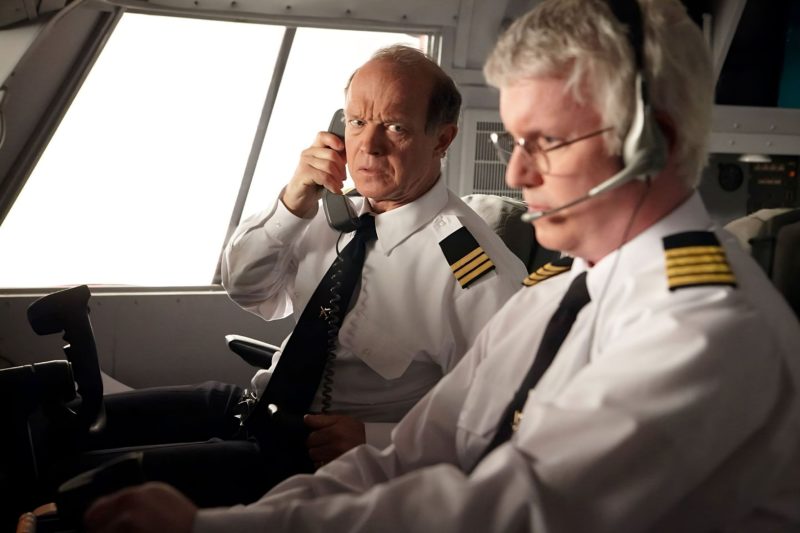
Diversion to Anchorage
Shortly after all cockpit crew members entered the cockpit, Captain Hanson realized that the autopilot was not going to handle this, and snapped the autopilot off. The cockpit crew proceeded to take the cockpit operating manual, which is a red manual designed to cover all of the emergencies that the crew might encounter. Unfortunately, the situation in which flight 85 was, wasn’t in the manual.
At this point, the crew declared an emergency and began a diversion to Anchorage. However, when the crew decided to declare an emergency, the plane was in a communication dead zone between North America and Asia. Unable to declare an emergency while flying over the Bering Sea, the crew contacted another Northwest Airlines flight 19, which helped flight 85 declare the emergency as it was closer to Alaska.
Even though the quality was not that good, they somehow managed to get into a conference call with the Northwest Airlines team in the Minneapolis-St. Paul via HF radio. Unfortunately, no one on the conference call could suggest a way to bring the rudder back. The only suggestion that Flight 85 got was from the training manager who suggested adding some extra speed to the final.
Having watched the entire situation thoroughly, Captain Hanson thought and decided to take control of the aircraft.
“Being the senior captain, bearing the responsibility, if anyone is going to scratch my aeroplane I want it to be me. And I told Frank that he did a fabulous job with the initial recovery, was doing a fine job flying it, but that I was going to exercise my right to get back in the seat. Frank’s reaction was, I have no problems with that,” said Captain John Hanson.
Shortly after declaring an emergency and starting a diversion to Anchorage, the crew decided to have a meeting with the cabin crew. The crew invited the purser, who is the lead flight attendant and the interpreter up to the cockpit and had a meeting. The crew briefed the situation and decided to inform the passengers about the problem. For the next hour-and-a-half, the crew used opposite upper rudders, ailerons, and differential thrust to maintain aircraft control and avoid it from rolling to the left.
Anchorage’s runway 6R was chosen by the crew to perform the emergency landing. “The only disadvantage to it was if you get down close to the runway and decide it doesn’t look good and you’re going to go around, you’re headed right at a mountain range. And it’s about – only about seven or eight miles off the end of the runway.”
“So the answer to that was, do it right the first time. Don’t go around,” explained Captain Hanson.
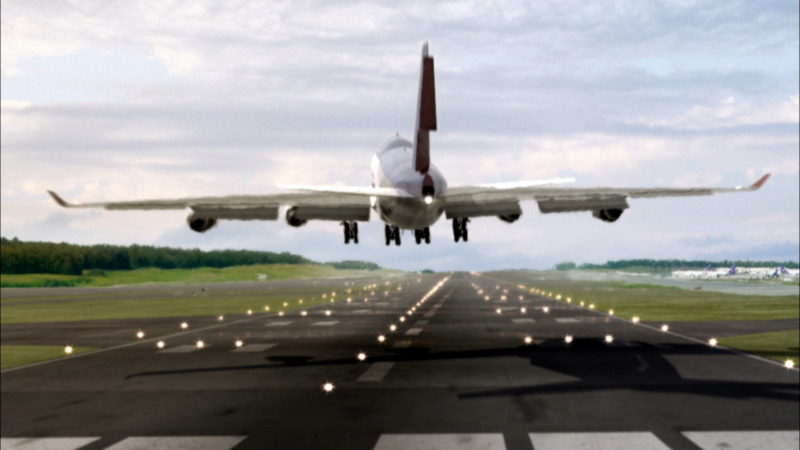
Touchdown
As the crew prepared for the approach, they decided to use the tiller mounted on the left cockpit wall, very much like the steering wheel on your car, to steer the nose wheel while the F/O was going to grab the control lever. The crew used asymmetric engine thrust to keep the plane lined up on the runway. This meant that they pulled back engine power on the right-hand side and added power on the left-hand side. In this occurrence, it countered the rudder deflection.
Captain Hanson stabilized as he possibly could and put the aircraft right on the touchdown spot, lowered the nose to the runway, and it tried to swerve. He then let go of the wheel and said, “Mike, you got it, I grabbed the tiller.”
At touchdown, the aircraft veered to the left. The pilots used the right brakes and the three available thrust reversers – the No. 2 reverser was inoperative to get the aircraft stopped. They came over the runway threshold at 185 knots – about 30 knots faster than a typical B-747-400 landing. They had set the brakes at a very high auto-brake setting because the aircraft was still trying to swerve. The aircraft went to swerve all the way down to the point until the rudder was no longer in effect.
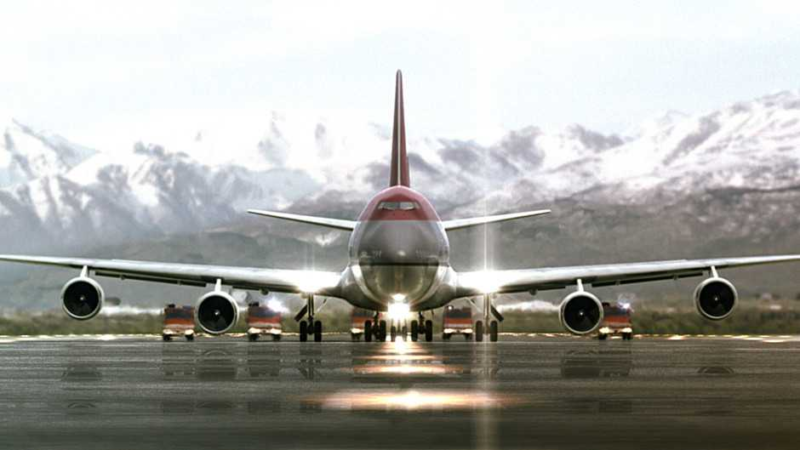
Eyewitnesses at Ted Stevens International Airport, Anchorage said that the wheels and brakes were all cherry red, they were so hot. The Anchorage ground controller advised the pilots that all the wheels on the left side of the aircraft were glowing red from the maximum-energy stop. They waited for the brakes and the wheels to cool before being towed to the gate. All 404 passengers and crew members exhaled and disembarked the 747 without any injuries, with passengers thanking and praising the crew members for their commendable airmanship. After arriving at the gate, the crew inspected the tail and saw that the lower rudder was still deflected fully to the left.
Flight 85 crew members received the Superior Airmanship Award at the ALPA Annual Air Safety Awards Banquet for their skill at landing a Boeing 747 with a hard over rudder. The Superior Airmanship Award is an aviation award given by the Air Line Pilots Association (ALPA).
ALPA’s president, Capt. Duane Woerth pointed out that this was one of those situations that prove the old adage, “the flight isn’t over until you’re at the gate with the parking brake set.”
NTSB Investigation
The National Transportation Safety Board (NTSB) launched an investigation into this event which revealed that the forged aluminum housing (manifold) of the lower rudder power control module was fractured, allowing the yaw damper piston to travel beyond its normal position. This resulted in a full left command input to the main control valve hence driving the two actuators to the full left rudder position. The NTSB investigators examined the flight data recorder which showed an initial uncommanded lower rudder deflection of 17.5 degrees to the left. However, as the aircraft slowed during the approach and landing, the deflection increased subsequently to 32 degrees (full) left deflection for the remainder of the flight.
During an interview with the NTSB investigator-in-charge, the captain said he and the first officer ran through the available emergency procedures, but none of these could correct the problem. He explained as the airspeed decreased during the approach for landing, the lower rudder deflected further to the left. During the approach and landing, the crew used differential power to aid in directional control.
Cockpit Crew Response
Commenting on Flight 85, Captain Hanson said, “This was a classic application of CRM [crew resource management]. We were blessed and lucky that we had full [flight crew] augmentation. We had four pilots to work together in the cockpit. We had an excellent group of flight attendants on board; that became important later because we briefed this as a ‘red’ emergency, which means there’s at least a solid chance you’re going to have to evacuate. We weren’t sure we were going to be able to keep the airplane on the runway.”
Capt. Hanson stated, “The CIRP program is worth 10 times whatever it costs us. I can only imagine how important the CIRP program is to pilots that have less successful outcomes of their situations.”
The Critical Incident Response Program (CIRP) is a program that uses pilot peers and spouses (i.e. pilots who are specifically trained and certified to provide support in critical incident stress management) to help fellow flight crew members-including accident investigators and their families recover from an accident, incident, or other stressful situation. It is designed to provide pre-incident education and post-incident/accident crisis intervention services.
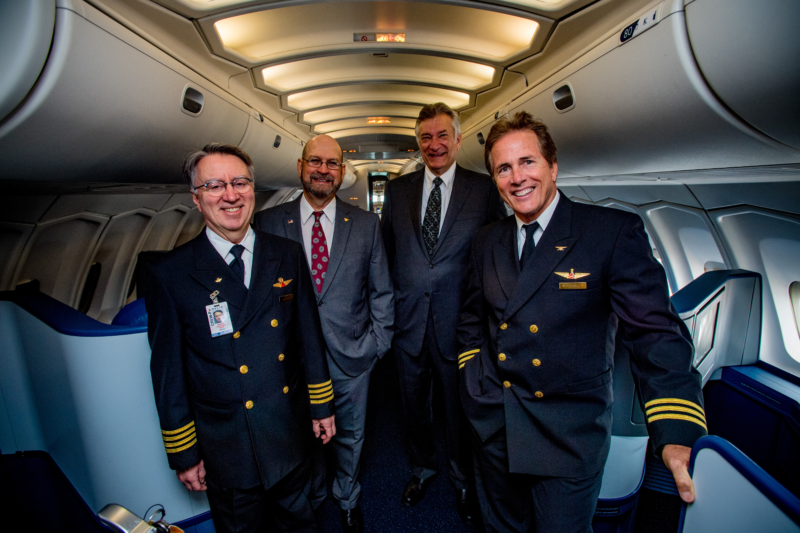
F/O Fagan thanked “God for being with us on the flight deck that night” and “the training department at Northwest for giving us such great training.”
F/O Dave Smith said he’d like to thank “all the ALPA representatives out there for their dedication and sacrifice…to this profession and for the cause of safety.”
Following the incident, Boeing issued Alert Service Bulletin 747-27A2397, dated July 24, 2003, which recommended operators to perform an ultrasonic inspection of pertinent high-time lower and upper rudder power control modules.
The Federal Aviation Administration (FAA) also issued a Notice of Proposed Rule Making (NPRM), “Airworthiness Directive; Boeing Model 747-400, -400D, and -400F Series Airplanes,” published in the Federal Register on August 28, 2003, which would make this inspection mandatory on affected aircraft models. A proposed replacement to this directive was published later in 2008.
Source: NTSB, ALPA, Wikimedia Commons (Feature Image)


